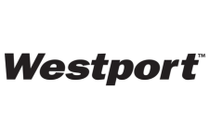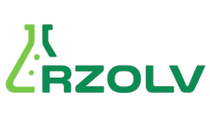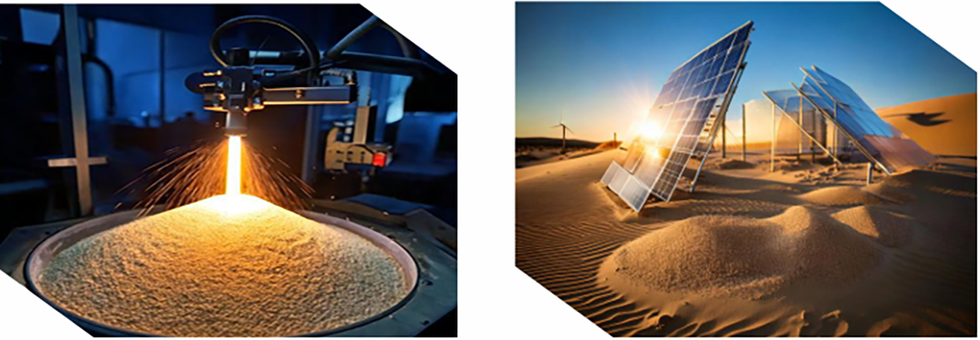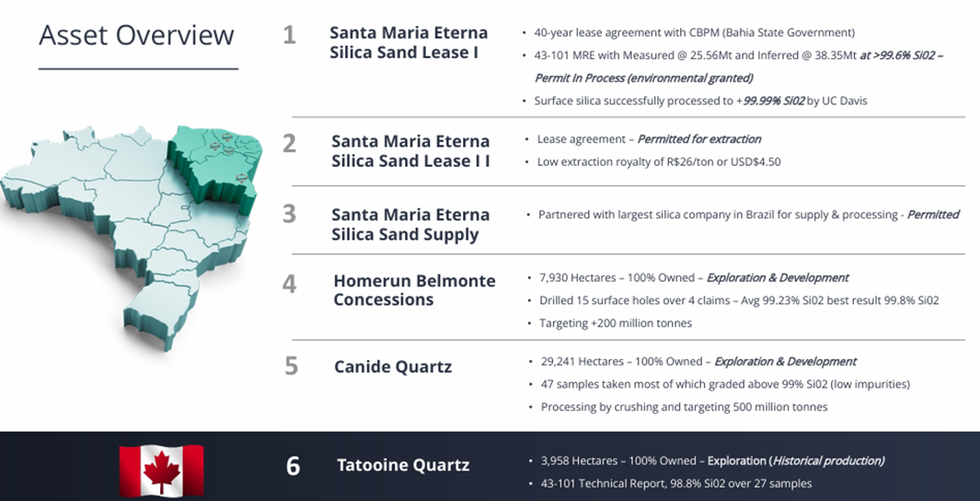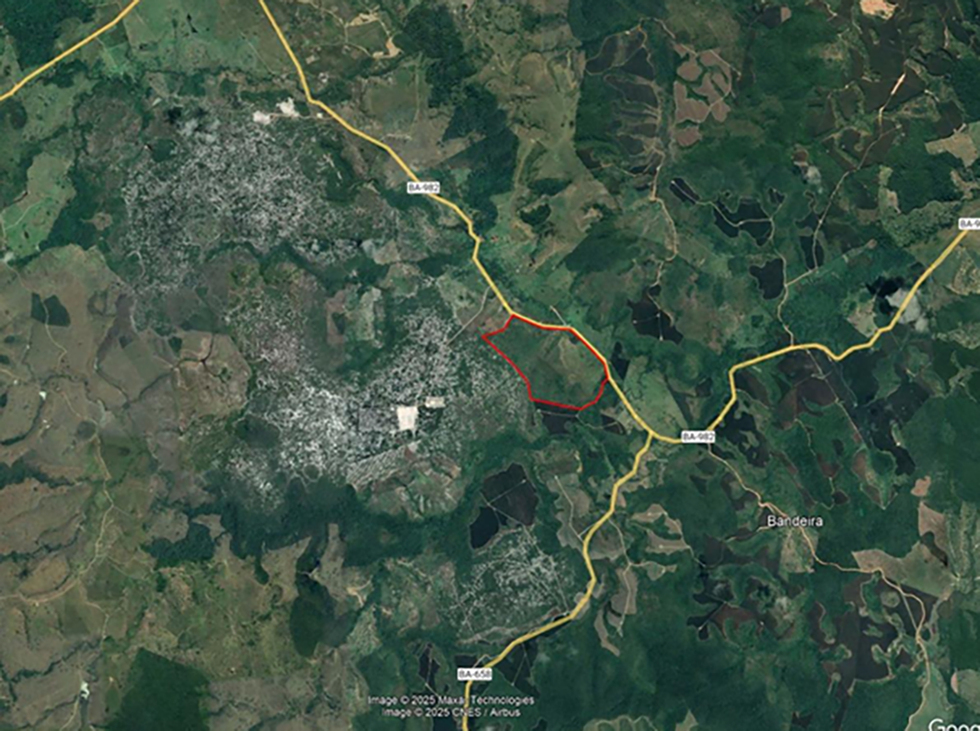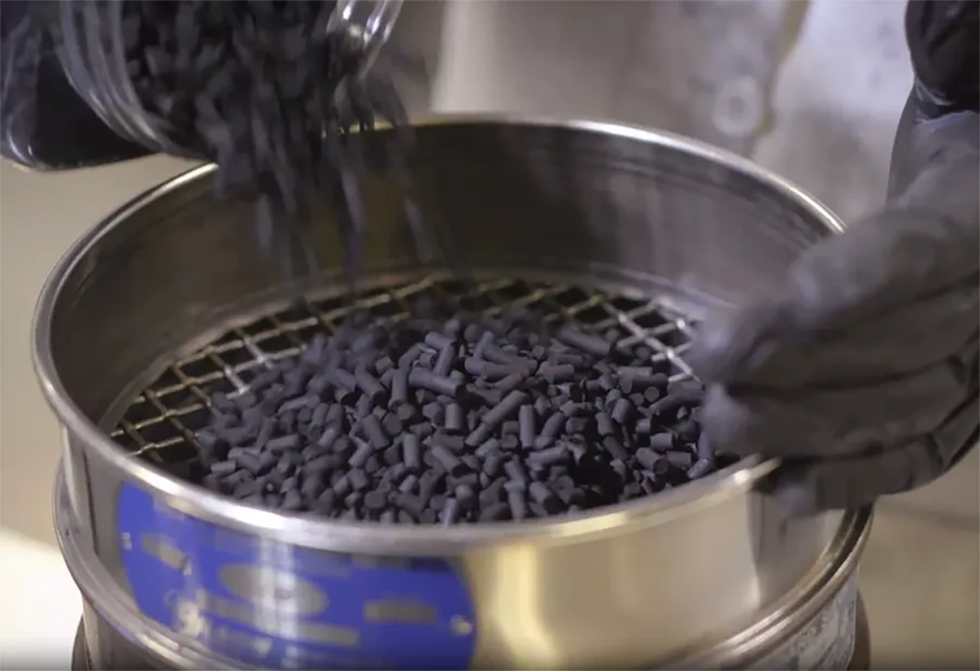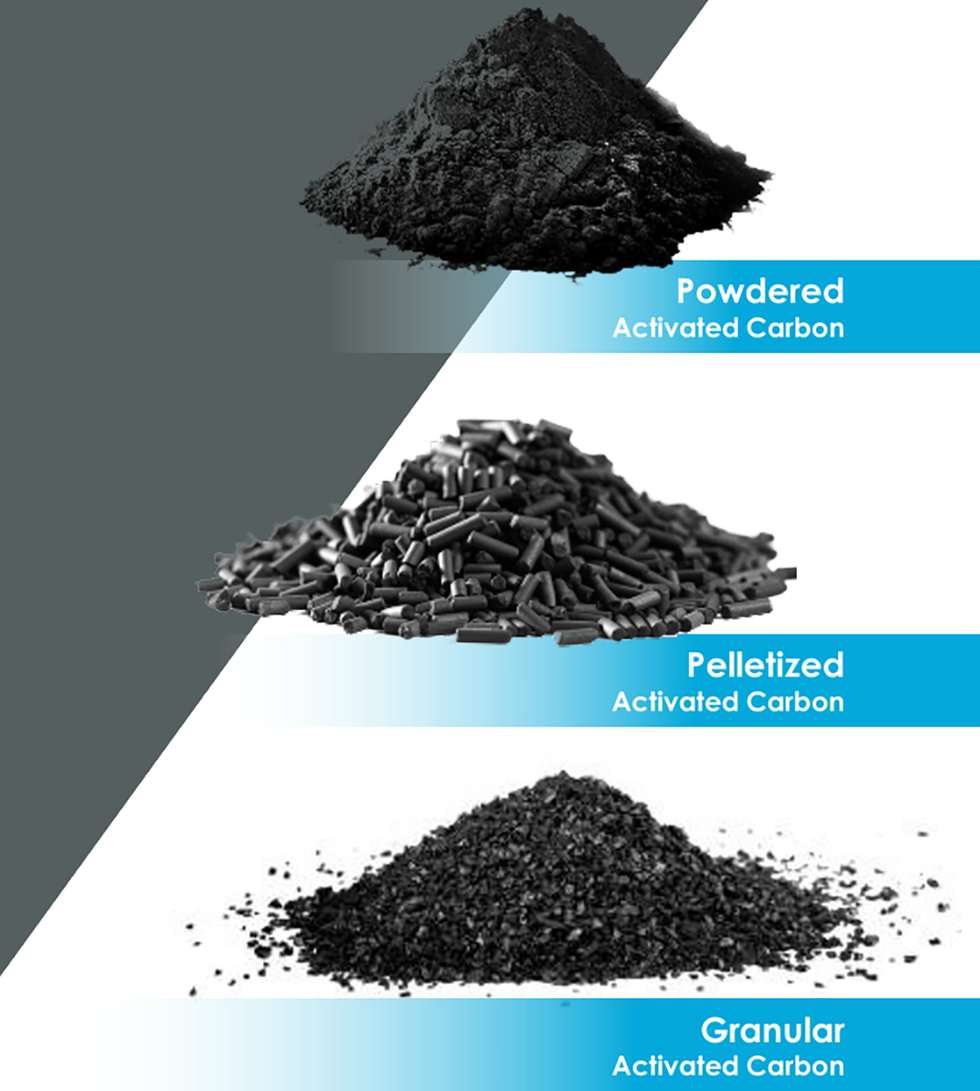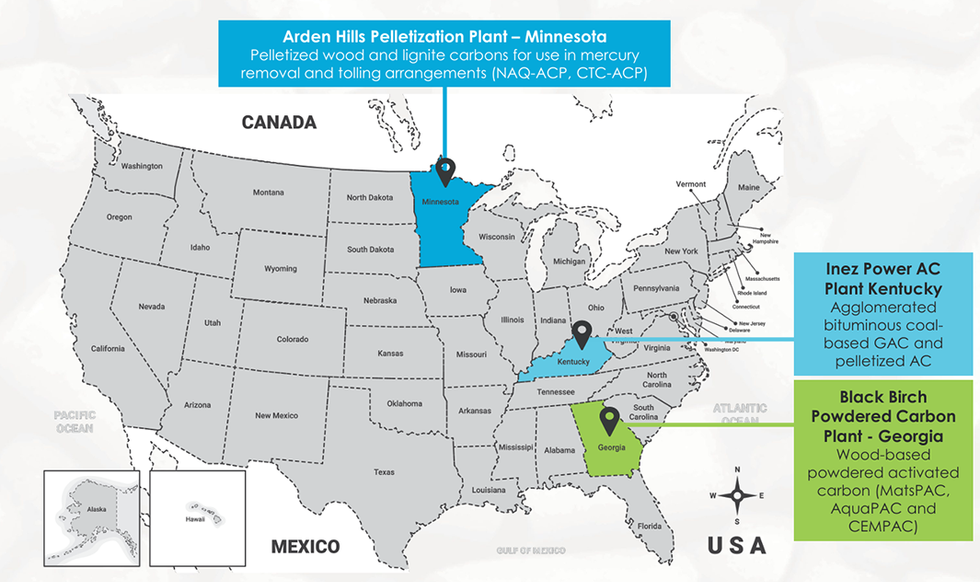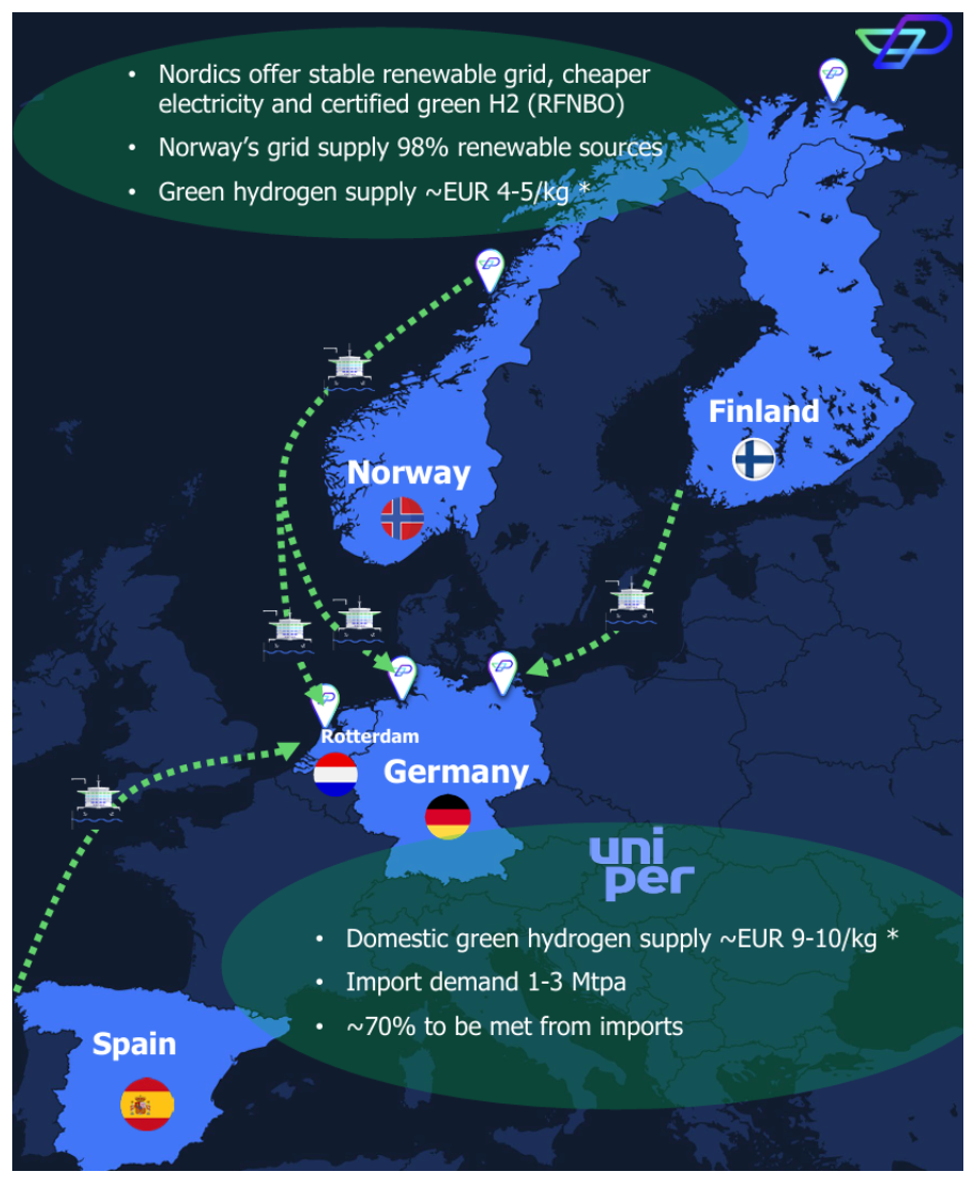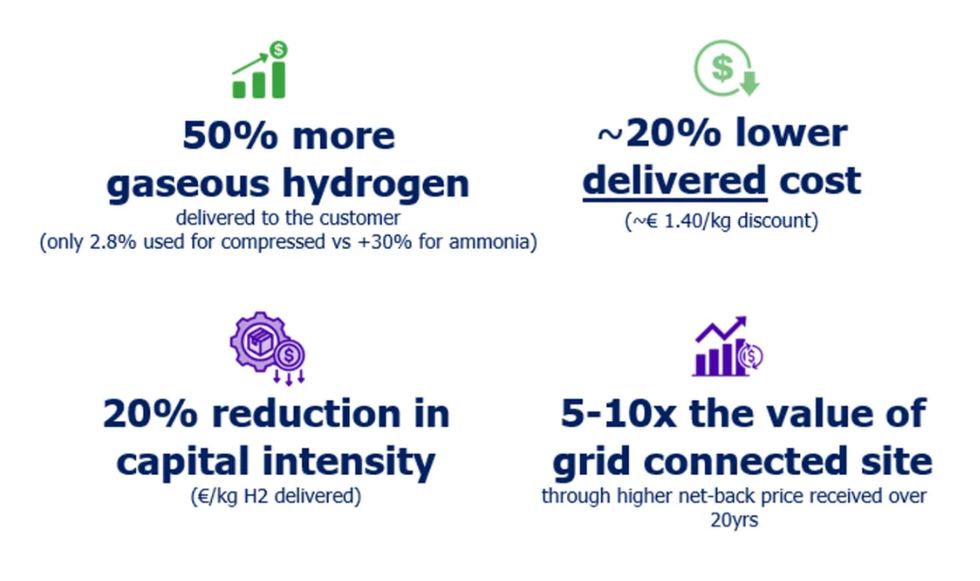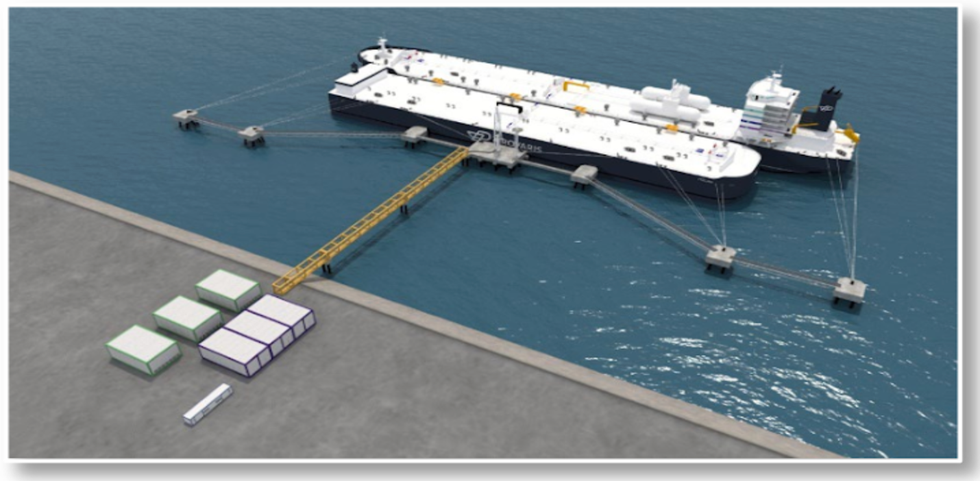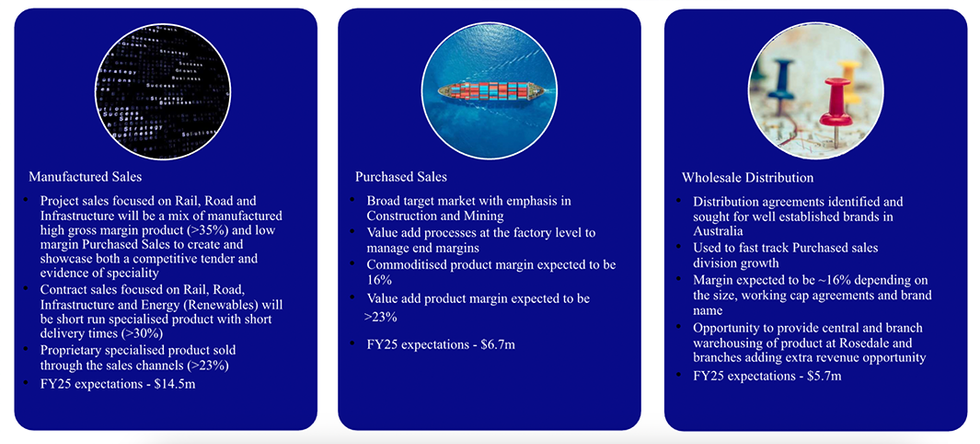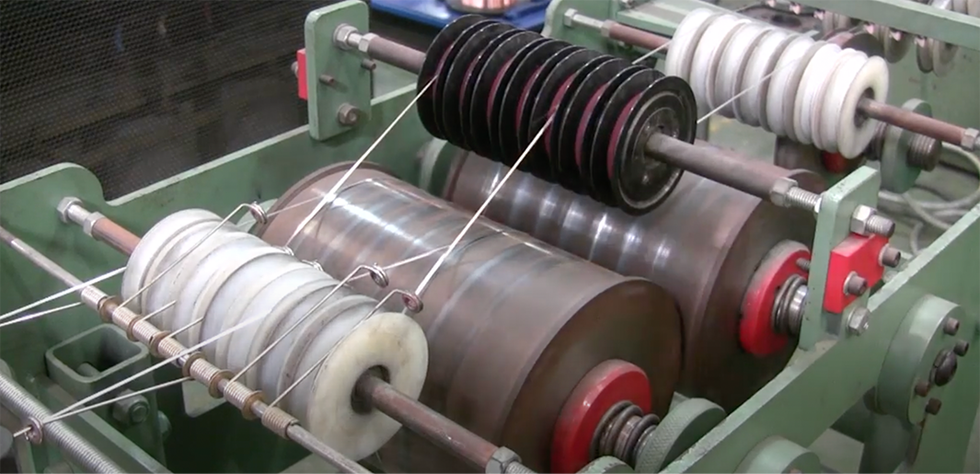dynaCERT’s New HG2 Model Achieves an A+ in School Bus Trials

dynaCERT Inc. is pleased to report on the field trial results of the HG2 HydraGEN™ Technology as verified through the HydraLytica™ telematics device.
dynaCERT Inc. (TSXV:DYA, OTCQB:DYFSF, FRA:DMJ) is pleased to report on the notable field trial results of the Company’s new HG2 HydraGEN™ Technology as verified through the Company’s proprietary HydraLytica™ telematics device.
The smaller HG2 on-demand hydrogen delivery system complements the Company’s well-established HG1 models. While the HG1 models are appropriate for larger diesel displacement engines of 8 to 16 Litres, the newest HG2 model opens up dynaCERT’s market for the smaller displacement diesel engines and, possibly in the future, for gasoline engines.
School Bus Trials in Ontario, Canada
In July 2019, the HG2 units were installed on two Taylor-brand School Buses, a 2005 and 2015, each powered by a 6.7 Litre diesel engine, each engine from a different manufacturer. The buses were used on school bus itineraries in Southern Ontario and accumulated more than 2,000 kilometres (driving stop and go along typical school bus routes) during the 2-month proof-of-concept period. The data from the HydraLytica™ telematics device recorded that the buses achieved an average reduction in fuel consumption of 13.8% and 15.5%, respectively. Of significance, the NOx levels were reduced 48% and 52%, respectively. The NOx level was measured by a Portable Emissions Measuring System (PEMS). The PEMS measured the exhaust at the end of the tailpipe where it most affects the immediate air environment at the ground level near where school children might be exposed to NOx, a dangerous, deadly gas emitted by diesel engines.
Approximately 18,000 School Buses travel 2 million kilometres in Ontario, every school day.
According to a 2014 National Association for Pupil Transportation report, School Bus carriers operate the largest mass transportation fleet in the USA. Each day, 480,000 yellow school buses travel the roads in the USA. This is a very significant market for dynaCERT when compared to the 140,000 total transit vehicles, 96,000 of which are buses; the motor coach industry, with 35,000 buses; commercial airlines with 7,400 airplanes; and rail with 1,200 passenger railcars.
Passenger Vehicle – Diesel
Another dynaCERT HG2 unit was installed in June 2019 on a 2013 luxury passenger SUV vehicle with a 3.0 Litre diesel engine as is typical for such vehicles. The vehicle had an odometer reading of 225,000 kilometres (140,000 miles) and a baseline fuel consumption of 8.1 Litres per 100 kilometres (29 mpg) without dynaCERT’s HydraGEN™ Technology. The fuel consumption, in the trial period of July and August 2019, was reduced when used with dynaCERT’s HydraGEN™ Technology to an average of 7.1 Litres per 100 (33.2mpg) over the 8-week period. The lowest fuel consumption with the HydraGEN™ Technology recorded was 6.3 Litres per 100 kilometres (37.4mpg) after the break-in period.
In North America there were approximately 8.1 million diesel powered passenger vehicles on the road in 2015.
Passenger Vehicle – Gasoline Engines
In September 2019, the HG2 unit was installed on a 2012 passenger 4-door sedan with a 3.5 Litre gasoline engine. The vehicle lifetime baseline fuel consumption of 12.3 Litres per hundred kilometres (L/100 km) (19.1 mpg) over a distance of approximately 2200 kilometres (1350 miles). The fuel consumption was reduced 11% to an average of 11.1 Litres per hundred kilometres (L/100 km) (or 21.2 mpg).
In 2017, in North America there were approximately 275 million gasoline powered passenger vehicles on the road.
Corporate Statement
Robert Maier, COO and Chief Engineer for dynaCERT stated: “The opportunity for HydraGEN™ Technology units to be installed on all types of engines opens the market potential for dynaCERT to be a significant world-wide contributor to the reduction of Greenhouse Gas Emissions (GHG’s). When our HydraGEN™ units include our HydraLytica™ telematics for Carbon Credit reporting, we can truly provide the transportation industry with a recurring revenue generating device that helps save the planet.”
About the HG2
The HG2 unit is appropriate for those smaller displacement engines used in Buses, Refrigerated Trailers and Containers, Mobile Construction Equipment, Small Generators and Smaller Trucks commonly found outside of North America, such as in European countries and in India. This market size represents approximately 20 million applications in North America and similar sized market opportunities in each of the European and Asian markets.
About dynaCERT Inc.
dynaCERT Inc. manufactures and distributes Carbon Emission Reduction Technology for use with internal combustion engines. As part of the growing global hydrogen economy, our patented technology creates hydrogen and oxygen on-demand through a unique electrolysis system and supplies these gases through the air intake to enhance combustion, resulting in lower carbon emissions and greater fuel efficiency. Our technology is designed for use with many types and sizes of diesel engines used in on-road vehicles, reefer trailers, off-road construction, power generation, mining and forestry equipment, marine vessels and railroad locomotives. Website: www.dynaCERT.com
READER ADVISORY
Except for statements of historical fact, this news release contains certain “forward-looking information” within the meaning of applicable securities law. Forward-looking information is frequently characterized by words such as “plan”, “expect”, “project”, “intend”, “believe”, “anticipate”, “estimate” and other similar words, or statements that certain events or conditions “may” or “will” occur. In particular, forward-looking information in this press release includes, but is not limited to the potential expansion into new markets, industries and segments, such as diesel- powered use of any the dynaCERT products and sales. Although we believe that the expectations reflected in the forward-looking information are reasonable, there can be no assurance that such expectations will prove to be correct. We cannot guarantee future results, performance of achievements. Consequently, there is no representation that the actual results achieved will be the same, in whole or in part, as those set out in the forward-looking information.
Forward-looking information is based on the opinions and estimates of management at the date the statements are made, and are subject to a variety of risks and uncertainties and other factors that could cause actual events or results to differ materially from those anticipated in the forward-looking information. Some of the risks and other factors that could cause the results to differ materially from those expressed in the forward-looking information include, but are not limited to: uncertainty as to whether our strategies and business plans will yield the expected benefits; availability and cost of capital; the ability to identify and develop and achieve commercial success for new products and technologies; the level of expenditures necessary to maintain and improve the quality of products and services; changes in technology and changes in laws and regulations; the uncertainty of the emerging hydrogen economy; including the hydrogen economy moving at a pace not anticipated; our ability to secure and maintain strategic relationships and distribution agreements; and the other risk factors disclosed under our profile on SEDAR at www.sedar.com. Readers are cautioned that this list of risk factors should not be construed as exhaustive.
The forward-looking information contained in this news release is expressly qualified by this cautionary statement. We undertake no duty to update any of the forward-looking information to conform such information to actual results or to changes in our expectations except as otherwise required by applicable securities legislation. Readers are cautioned not to place undue reliance on forward-looking information.
Click here to connect with dynaCERT Inc. (TSXV:DYA; OTC:DYFSF) for an Investor Presentation.
